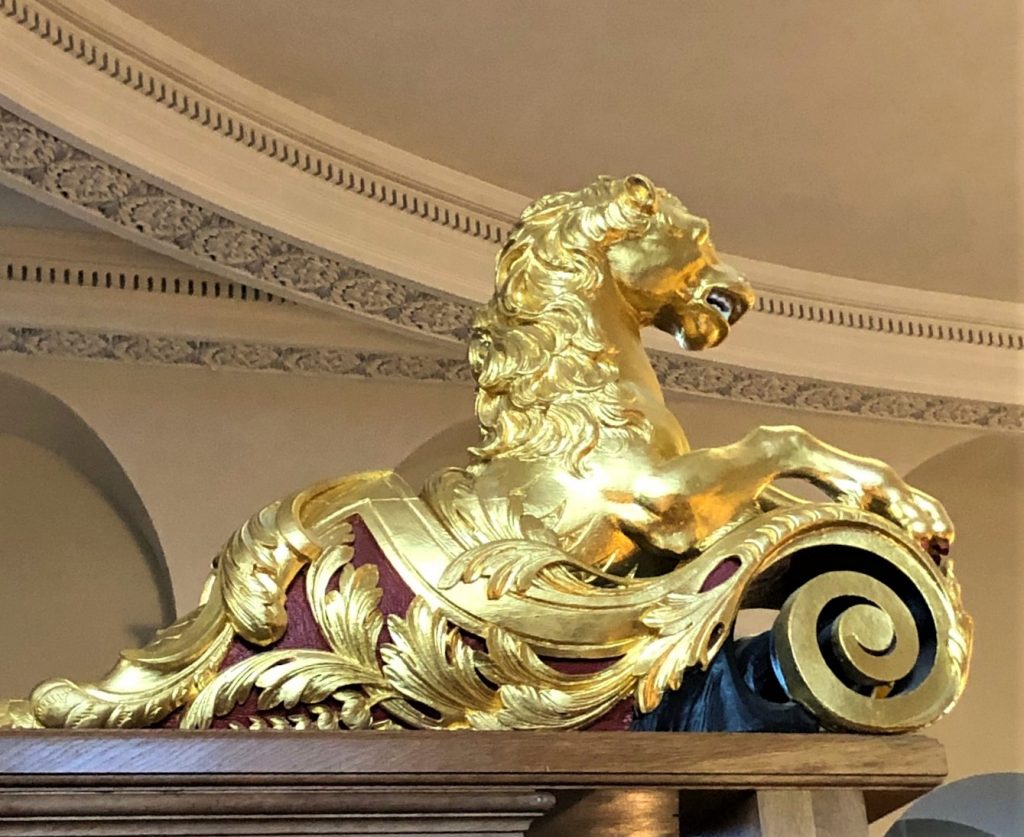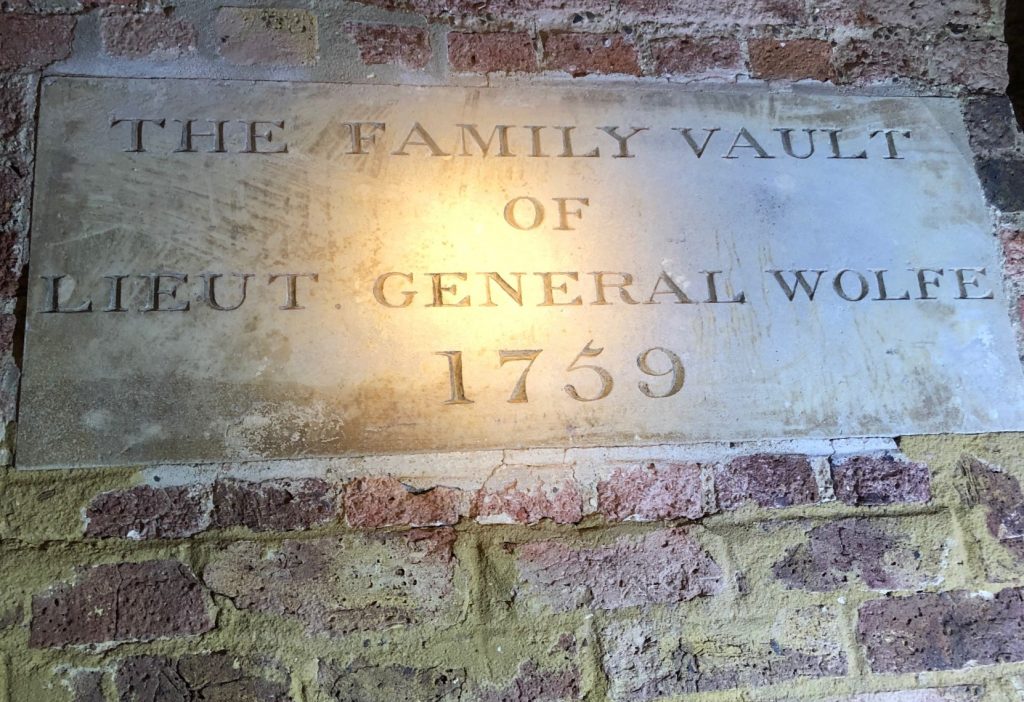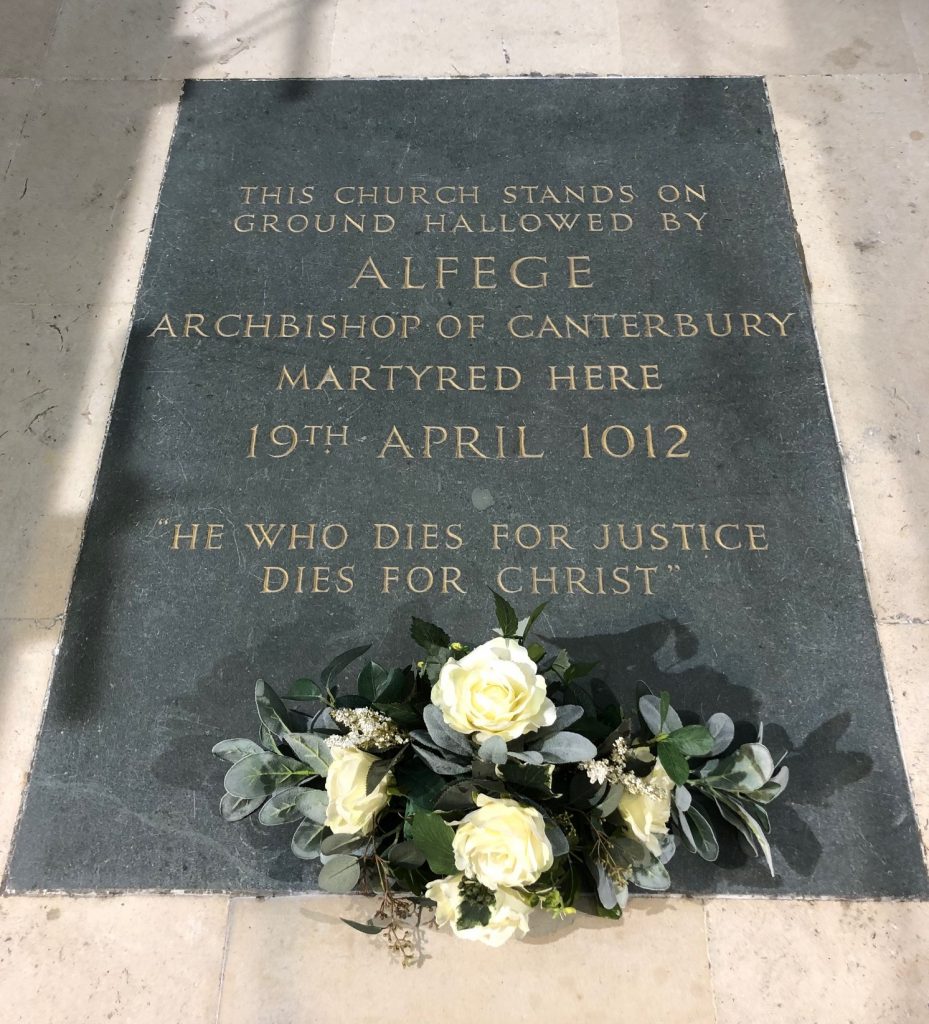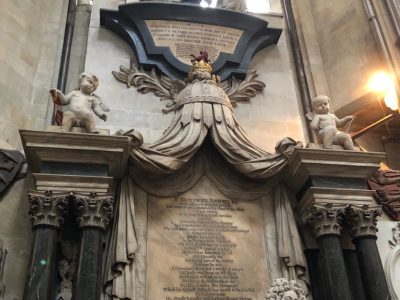
Five things to see in Greenwich
Greenwich is a wonderful place to visit. Weekends are especially fun because 1) Greenwich Market is in full swing then. The name is famous world-wide as the home of the Greenwich Meridian and origin of Greenwich Mean Time. The heart of old Greenwich is the 2) church of St Alphege which is where the centre of the original village with its natural harbour was.
Next to the old village centre was a royal palace which is the site of the 3) Old Royal Naval College (now Greenwich University) and Greenwich Park. Inside the park is the 4) National Maritime Museum and the 5) Royal Observatory.
Each of these places have a fascinating history. I regularly take tours there but here are a couple of ideas for visits that are a bit more unusual.
Film tours
The buildings date from C17th and C18th making Greenwich a great location for film makers and the Old Naval College has a filming manager to work with the different producers. This is a UNESCO World Heritage Site so it must be protected and it can take two years to draw up the filming contract. If you would like inside knowledge about the films made, the Royal Naval College offers films tours Old Royal Naval College (ornc.org)
St Alphege Church

The church is named after an C11th archbishop of Canterbury. In 1012 he was captured by the Danes who tried to ransom him. They used Blackheath as a base from which to mount raids on London and Canterbury. Alphege told his people not to pay the ransom.
He escaped but he was recaptured and was tied to a tree which stood on this spot. The Danes were angry, got drunk and began to throw gnawed bones at him, eventually they killed him with an axe blow.
Today’s church was built in 1700s and was designed by Nicholas Hawksmoor who had begun his career as an architect as an assistant to Sir Christopher Wren.
Underneath the church was an open undercroft but its arches were soon walled in to be used as burial vaults. Among the vaults is that of the Wolfe family.
James Wolfe (1727-59) was born in Westerham, Kent. His father was a colonel in the Marines. When James was about 11 years old his father moved the family to McCartney House on Blackheath so that James and his brother could attend the naval school in Greenwich.
He was killed in action at the Heights of Abraham, Quebec in 1759 and his remains were brought back to England to be buried in the family vault. There are plans for guided tours of the vaults in the near future.


During world war II the undercroft of St Alphege was used as an air raid shelter. Greenwich was badly bombed. The nave was destroyed by fire when it was hit by incendiary bombs in 1941.

However, most historical buildings in Greenwich survived, probably because aerial bombers used them as a marker as they flew up the river. South of Greenwich was the Woolwich Arsenal. North of the borough and on the opposite bank of the Thames there were docks.
In another blog post I talk about the Painted Hall and post some photos I took there.
To take a walking tour of Greenwich with a guided tour of one of its places of interest such as the Royal Naval College Painted Hall, the National Maritime Museum, the Cutty Sark, Queens House and much more.








